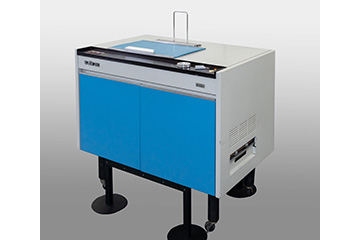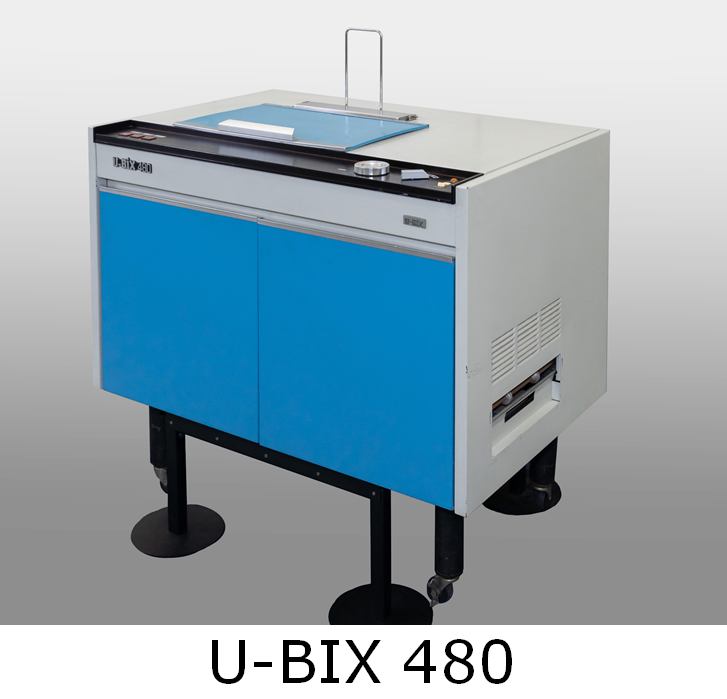Topics
U-BIX 480, Plain Paper Copying Machine in Early 1970s, Registered as an Essential Historical Material for Science and Technology by the National Museum of Nature and Science
September 12, 2023
Tokyo (September 12, 2023) - Konica Minolta, Inc. (Konica Minolta) is pleased to announce that the U-BIX 480, released in 1971 by Konishiroku Photo Industry Co., Ltd., one of the founding companies that make up Konica Minolta today, has been registered as an Essential Historical Material for Science and Technology by the National Museum of Nature and Science.
Konica Minolta was given this prestigious designation four times in the past, for its Sakura Tennenshoku Film (Sakura Color Film) in 2013, Minolta 7000 in 2020, an aspheric plastic lens for CD players in 2021, and the Minolta Planetarium MS-10, also in 2021.
About the U-BIX 480
Konishiroku Photo Industry Co., Ltd. was developing an electrophotographic copying machine using plain paper (a plain paper copying machine) by leveraging its proprietary technologies. In 1970, the company unveiled Japan’s first indirect dry type electrophotographic copying machine, manufactured using domestic technologies, at a business show. In January 1971, the copying machine was released with the product name of U-BIX 480.
Most plain paper copying machines manufactured at that time used a cascade system for photoreceptor development and supported line images, such as typewriter letters and printed letters. In this system, toner accumulated at the edges (contours) of electrostatic latent images, making it difficult to reproduce clear, gray-scale images and solid black images. To solve this problem, a magnetic brush development system*1 was used in the U-BIX 480, enabling the reproduction of photographs and pencil lines. This was the world’s first*2 technology to use zinc oxide photosensitive paper, which was mainly used as direct recording paper in those days, as a photoreceptor sheet for repeated use, and to load it in the master carriage*3 for rotation. The U-BIX 480 was registered as an Essential Historical Material because these important features were highly evaluated.

*1A development method in which developer containing toner mixed with magnetic particles (e.g., iron powder) is fed by the magnetic force of magnets to rub against a photoreceptor
*2At the time of unveiling. Based on a survey conducted by the Company.
*3A device for holding and transporting a photoreceptor sheets. The copying process is repeated by rotational movement like a belt conveyor.
Since its founding, Konica Minolta has met the visualization needs of global customers and helped people to achieve their own purposes by using imaging technologies, mainly related to the input, output and processing of images, refined in the camera and photography businesses. Konica Minolta remains committed to creating new value through the visualization of the invisible by combining and integrating core technologies, such as imaging, materials, optics, and nano-fabrication.
About Essential Historical Materials for Science and Technology
This registration system has been implemented by the National Museum of Nature and Science. Its purpose is to preserve and utilize materials that have important significance in passing them on to the next generation, as well as materials that have a noticeable impact on the way of life, society, economy, and culture of the nation. The first registration of historical products was made in 2008, and has continued to see annual selections since then.

